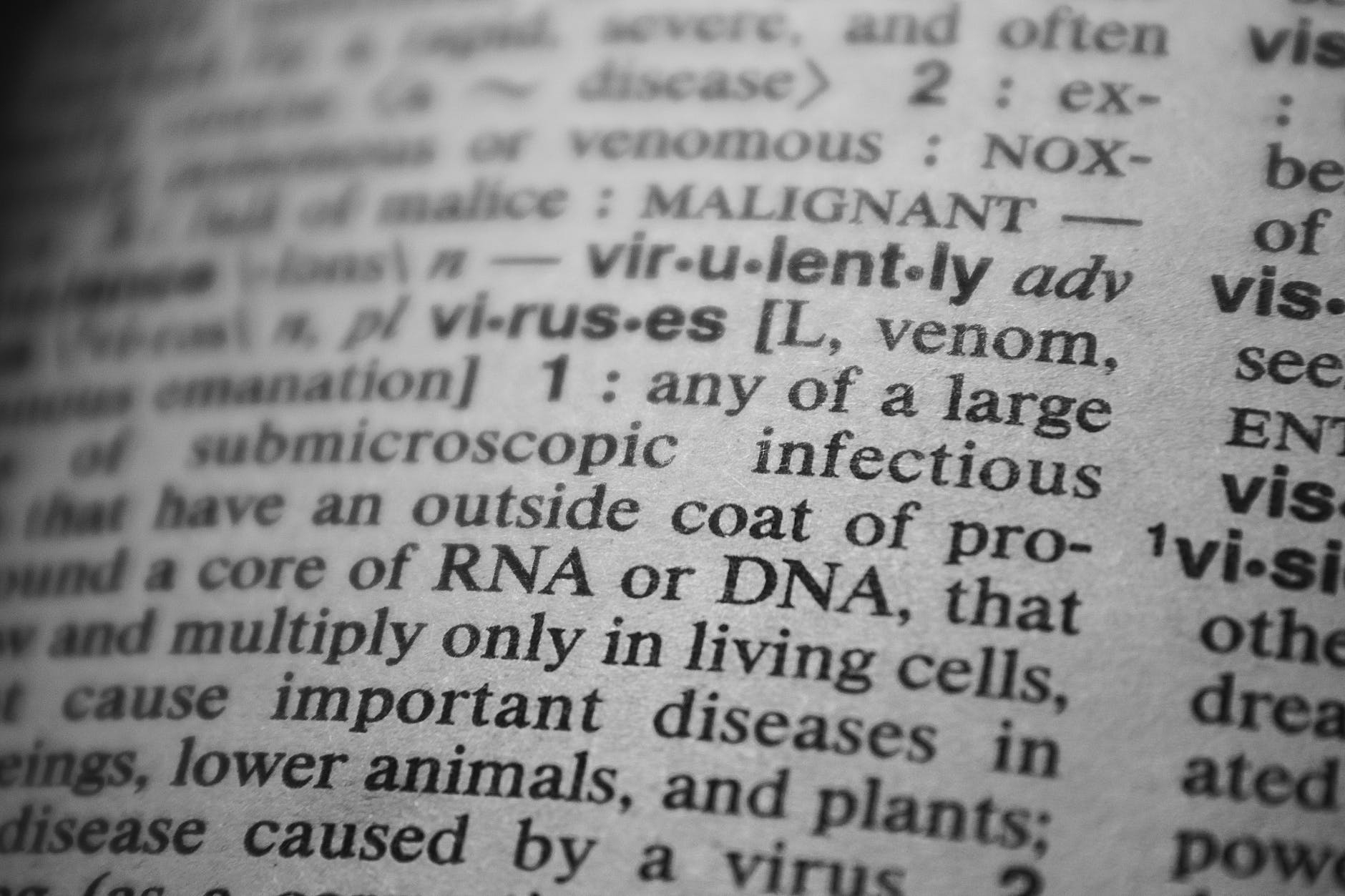Tag: Bioinformatics
-

Creating a Publication Quality Phylogeny Using ggtree
A decade ago, circa 2012-2013, I used MEGA5 to infer phylogeny using simple Neighbour-Joining methods, and used the figure generated by MEGA5 to present and publish my results. Later, when I started learning other phylogeny reconstruction methods like Maximum Likelihood (ML) and Bayesian (which does not draw the tree for you), I started to explore…
-

A tool to visualize fastq alignment with quality-score
Do you need to eyeball through fastq alignment file, with special features to highlight the quality score of each bases? Introducing fastqviz, a Streamlit app which can do just that. I made it quite some time ago to visualize some amplicon data for my own project. You can upload your fastq file. The fastqviz viewer…
-
Argument against “DIY computational drug-discovery” trend in Bangladesh
I’m seeing a trend that bioscience students from Bangladesh (South Asia in general) are increasingly interested in publishing papers on computational drug design. Many bright students, undergrad or freshly graduated, are actually publishing drug designing related papers in good journals. I have also done similar projects. But now, I think it is a bad trend.…
-

How to make Co-phylogeny plot: easy tanglegram in R
Tanglegrams are co-phylogeny which is a very powerful visualization tool to examine co-evolution. Here is a tutorial on how to make them in R.
-

A note on learning computational biology
Many asks me about learning Bioinformatics. So, I’m going to put some good learning resources in this note.
-
Achieving Expertise: How to Find the Elusive Origin of Replication Site in DNA?
This write-up was for a writing assignment in Coursera.com MOOC (Massive Open Online Course) , English Composition I: Achieving Expertise offerd from Duke University. There were four assignments, I submitted first two of them and later became very busy with my M.S. thesis work. The second assignment was to select a random picture and writing…
